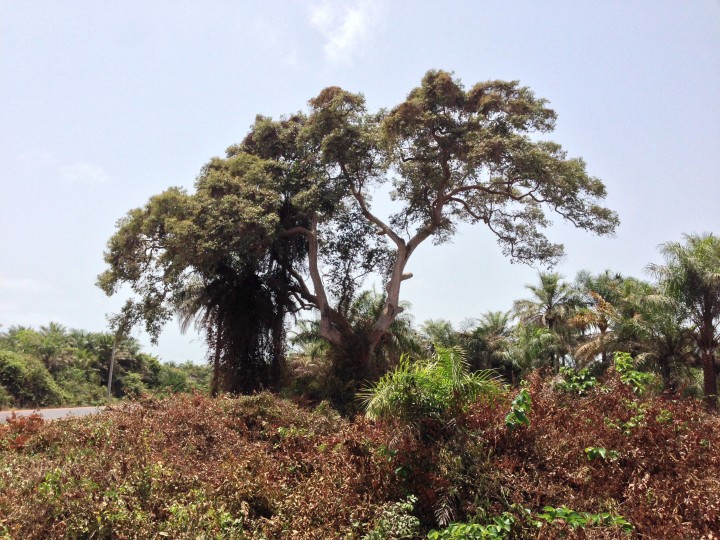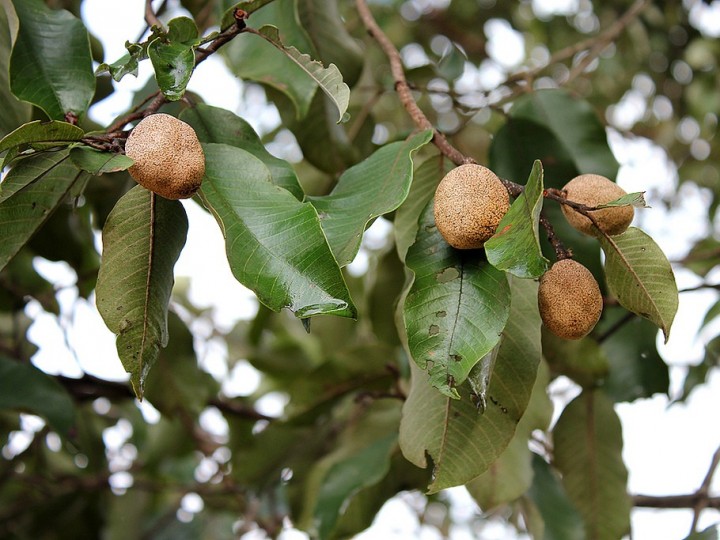Mame Patan
Posted 15.12.2021 by Team Ecofund - View commentsDescription
The Mame patan, also known by its scientific name, Parinari excelsa, is a species of the Rosaceae family and of the Pariari genus. Its local name is Mame Patan in Wolof or Niniya in Diola. The Mame Patan is very common in tropical forests on both sides of the Atlantic. In Africa, it grows in the tropical forests from Senegal to Mozambique. It is an impressive tree, which can reach 45m in height. The trunk can grow up to 1.5m in diameter. The mame patan grows rapidly and it is therefore difficult to grow alongside other crops. Its brown fruit, the size of an egg, is edible and eaten by animals. The tree is vulnerable to fire and to physiological changes, for instance drought, and other changes in climate.
Uses
Because of their sweet taste and their nutritional value, there is a small trade in Mame Patan fruit in Senegal. The Mame Patan is also frequently used in traditional medicine. The brew of its bark treats anaemia, diarrhoea and stomach aches and is also given to pregnant women. The heavy wood is difficult to carve but it is appreciated in carpentry work, especially to make furniture. In the wild, the wood is threatened by termite attacks. In Guinea Bissau, the Tenda people use it to make tam-tams (local traditional drums) and drums.
Did you know…
Because of its capacity to grow quickly, the Mame Patan is used in
reforestation.



